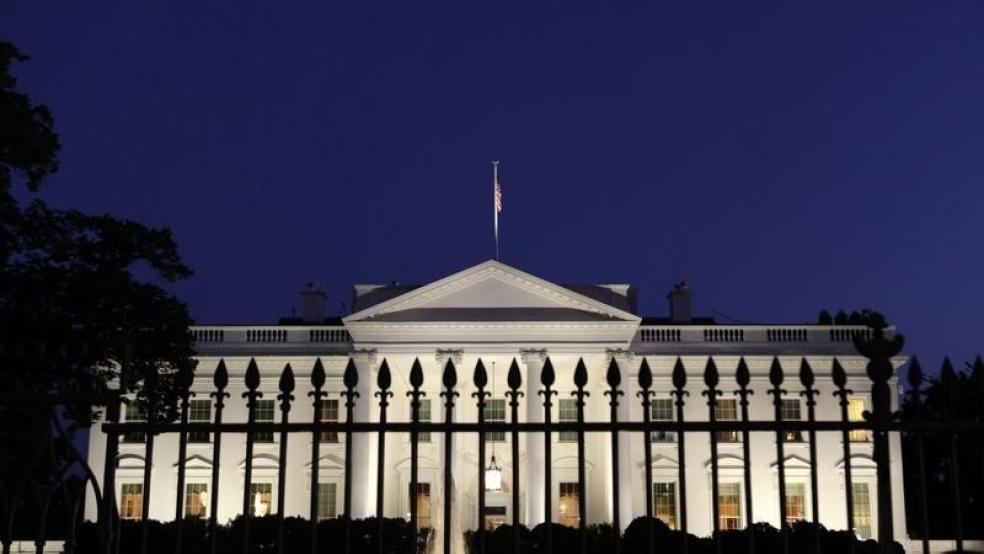A new independent study forecasts that the Treasury will not begin running out of cash to meet its obligations until October or November, essentially giving the Trump Administration and Congress a little breathing room before having to formally raise the debt ceiling to avert a first-ever default on U.S. borrowing.
The projection by the Bipartisan Policy Center –a reaffirmation of an earlier report by the Washington think tank back in March – raises questions about Treasury Secretary Steven Mnuchin’s recent urgent calls for Congress to raise the debt ceiling above its current $20 trillion level before lawmakers depart for a lengthy August recess.
Related: Mulvaney’s Debt Ceiling Ploy Protects Treasurys, Not Social Security Checks
Mnuchin and Office of Management and Budget director Mick Mulvaney have been sending mixed messages to Capitol Hill in recent weeks, with the treasury secretary pressing for swift action on new debt ceiling legislation with no extraneous amendments and Mulvaney counseling more deliberative action this fall that might include budget and spending cuts attached to the legislation.
Mnuchin appeared to pull back a little late last week, saying that the government has “backup plans” for meeting its obligations if Congress puts off action on the debt ceiling until this fall, according to Bloomberg.
“I don’t want to leave any doubt; we have plans, backup plans for funding the government,” Mnuchin said during a press conference Friday in Ottawa with Canadian Finance Minister Bill Morneau. “We will be fine if they don’t do it beforehand, but I want to emphasize that the sooner they do it, the less uncertainty there is in the market,” he said.
Historically, raising the debt ceiling has been one of the most politically sensitive and contentious issues because neither party wants to be viewed as culpable in even indirectly adding to the national debt.
Related: White House’s Debt Ceiling Battle Could Trigger a Shutdown — and a Recession
Many voters mistakenly assume that when Congress raises the debt ceiling, it is authorizing additional spending. In fact, lawmakers are simply authorizing the Treasury to borrow more money to cover spending already authorized by the Congress.
The Trump administration and congressional Republican leaders must be careful in deciding when and how to raise the debt ceiling, to make it most palatable to rank-and-file conservatives and to prevent the Democrats from using it as a weapon against them.
“I think it has nothing to do with the date, per se, for raising the debt ceiling,” said Bill Hoagland, senior vice president of the BPC and a former senior GOP Senate budget adviser. “It all has to do with the strategic planning on the part of the administration, not to be forced up to the last minute to act on that particular piece of legislation.”
The Treasury has been unable to borrow additional cash from the sale of security since mid-March when the government bumped up against its legal borrowing authority. At that point, Mnuchin authorized the use of “extraordinary measures” to temporarily obviate the need for more borrowing -- such as by suspending new investments in federal pension programs.
Related: Mulvaney Attacks CBO – Led by a Republican – as Partisan
At some point in the coming months, however, the Treasury will exhaust even those balance sheet gimmicks and begin running low on cash, risking the ability to make its required payments to creditors and government agencies and programs in a timely fashion.
Without giving a precise date, the Treasury has projected it will exhaust its revenue in the second half of the year. Receipts totaled $2.17 trillion in the eight months through May – or about 3 percent below projections, the Congressional Budget Office said.
But after incorporating May data on Treasury Department’s cash flows and reviewing the “extraordinary measures” that are still available, the Bipartisan Policy Center reaffirmed on Monday that the government wouldn't reach the drop-dead date until sometime in October or November.
BPC analysts said that while federal revenues have been pouring in at a slower pace than expected, that underperformance hasn’t been large enough for BPC to change projected range at this time.
Related: New Debt Ceiling Deadline Could Ruin Lawmakers' Summer Vacations
Last month, CBO suggested that one of the reasons for the slow-down in revenues was taxpayers might be shifting their income to later years, in anticipation of Trump administration tax cuts.
Shai Akabas, BPC’s Director of Fiscal Policy, said in an interview that his organization could well revise its projections if tax revenues continue to fall off in June. “The information that we have to this point is not a substantial enough change to have us adjust the window that we have of October or November,” Akabas said.
However, one wildcard will be those days in which the Treasury will be required to make substantial payments, which analysts say could have “an outsized chance” of forcing a decision on the early side of the window. One of those dates will be Oct. 2, when a large payment is due to the military retirement trust fund.
“We don’t pretend we have 100 percent confidence in that [October through November] interval because there are so many variables and uncertainties around this issue,” Akabas added.





